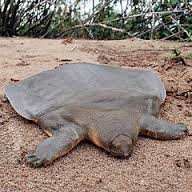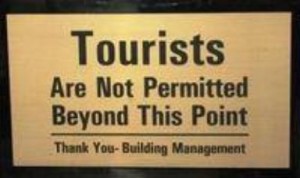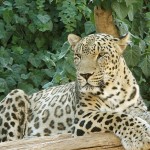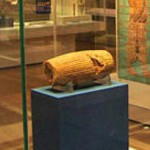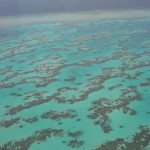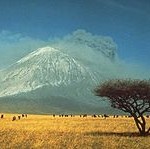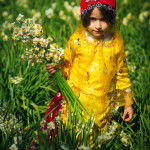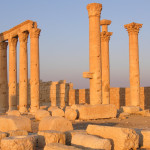One of the recent reports (sent to WCHV) from Iran indicates that Persian yellow deer held and bre d in a protected environment have been at risk due to intruders who recently killed an animal at one of these sites.
d in a protected environment have been at risk due to intruders who recently killed an animal at one of these sites.
Different species of Persian deer have been declared endangered and as a result selected habitats and parks have been allocated to breed Persian deer in captivity but it seems that the animals are not even safe there.
These protected areas are fenced to keep wolves and other predators out and it seems that in this case, the preventive measures were not enough to keep the deer safe.
Environmental activists say that the incident actually happened at Tehran’s Pardisan Park and adjacent to the Department of Environment building. The deer was about 6 years old and X-rays showed that three bullets had hit the animal’s neck, causing his death. The environmental experts also point out that this type of killing is not for hunting purposes and these individuals are obviously just after killing the animals brutally.
Persian yellow deer is one of the 74 animals in Iran that have been on the Red List of the International Union for Conservation of Nature (IUCN).

